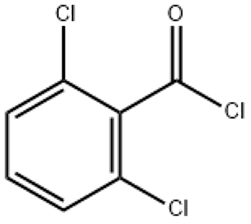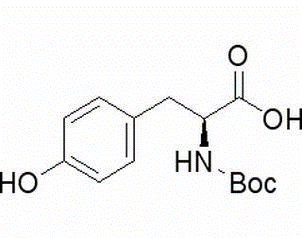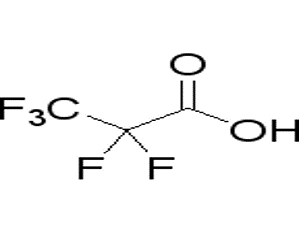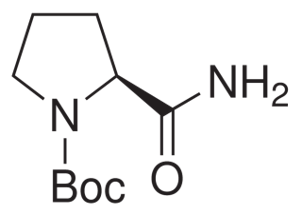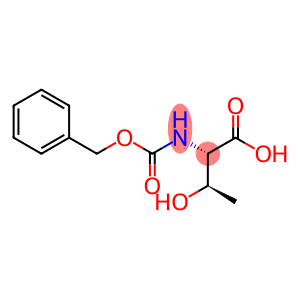2 6-Dichlorobenzoyl chloride(CAS# 4659-45-4)
| Hazard Symbols | C – Corrosive |
| Risk Codes | 34 – Causes burns |
| Safety Description | S26 – In case of contact with eyes, rinse immediately with plenty of water and seek medical advice. S27 – Take off immediately all contaminated clothing. S36/37/39 – Wear suitable protective clothing, gloves and eye/face protection. S45 – In case of accident or if you feel unwell, seek medical advice immediately (show the label whenever possible.) |
| UN IDs | UN 3265 8/PG 2 |
| WGK Germany | 1 |
| FLUKA BRAND F CODES | 10-19-21 |
| HS Code | 29163900 |
| Hazard Class | 8 |
| Packing Group | II |
Introduction
2,6-Dichlorobenzoyl chloride. The following is an introduction to its nature, use, preparation method and safety information:
Quality:
- 2,6-Dichlorobenzoyl chloride is a colorless to pale yellow liquid with a pungent odor.
- 2,6-Dichlorobenzoyl chloride is insoluble in water, but can be soluble in organic solvents such as ether, toluene, etc.
- It can react with alcohols, amines, etc. to form corresponding esters, ethers, or amides, etc.
- It is a strong acidic substance that can release hydrogen chloride in conjunction with water or in environments with high humidity.
Use:
- It can be used as a fungicide, preservative, and a protective agent for raw materials.
Method:
- The preparation method of 2,6-dichlorobenzoyl chloride is usually to react 2,6-dichlorobenzoic acid with thionyl chloride to generate 2,6-dichlorobenzoic acid sulfoxide, and then acidolyze to generate 2,6-dichlorobenzoyl chloride.
Safety Information:
- 2,6-Dichlorobenzoyl chloride is a toxic substance that is irritating and corrosive. Appropriate protective equipment such as gloves, goggles, and protective clothing should be worn when operating.
- Avoid inhalation, contact with skin and eyes, as this can cause irritation and injury.
- When stored and transported, contact with combustible substances such as oxidants, alcohols, and amines should be avoided to prevent dangerous reactions.


